In a recent announcement, Pagani revealed the Imola Roadster, a convertible variant derived from the Imola coupe. Limited to just eight units, the hypercar represents a meeting point between track performance and the thrill of open-air driving.
Follow Double Apex on Instagram and Facebook where we share more car content.
Buy now and take advantage of free delivery in South Africa on orders over R349.
Aero-tuned
The Imola Roadster showcases meticulous aerodynamic design to ensure maximum downforce and stability at high speeds. An aggressive aero kit includes enlarged air intakes, a larger rear diffuser, and a fixed rear spoiler. The latter features four active flaps for dynamic downforce adjustments. Surprisingly, even as a roadster, it incorporates a roof scoop and a shark fin to emphasise aero efficiency over top speed. Pagani aimed for 600 kg of downforce at 280 km/h, which led the design direction.
AMG Power
Powering the Imola Roadster is a hand-assembled 6,0-litre, twin-turbocharged Mercedes-AMG engine. The V12 pumps out 635 kW and 1 100 N.m of torque allowing the hypercar to pile on to a top speed that is limited to 350 km/h. The engine is paired with a seven-speed X-trac automated manual transmission, promising seamless gear changes and optimal power delivery.
Pagani’s commitment to lightweight construction is evident in the Imola Roadster’s monocoque that is made from a combination of carbo-titanium and carbo-triax, weighing a mere 1 260 kg. This construction contributes to exceptional agility and handling, with adjustable dampers catering to different driving conditions. The interior boasts hand-stitched leather, carbon-fibre accents, and billet aluminium components. The cockpit features a fully customisable digital instrument panel, and bucket-style seats provide comfort during high-speed manoeuvres.
No Compromise
Despite its track-focused nature, the Imola Roadster doesn’t compromise on technology. It features a state-of-the-art infotainment system with a touchscreen display, a premium sound system, and a rearview camera. Microprocessors continually refine ride and handling balance based on drive modes and car behaviour. Driver-assistance technologies, including adaptive cruise control, lane departure warning, and blind-spot monitoring, enhance the driving experience.

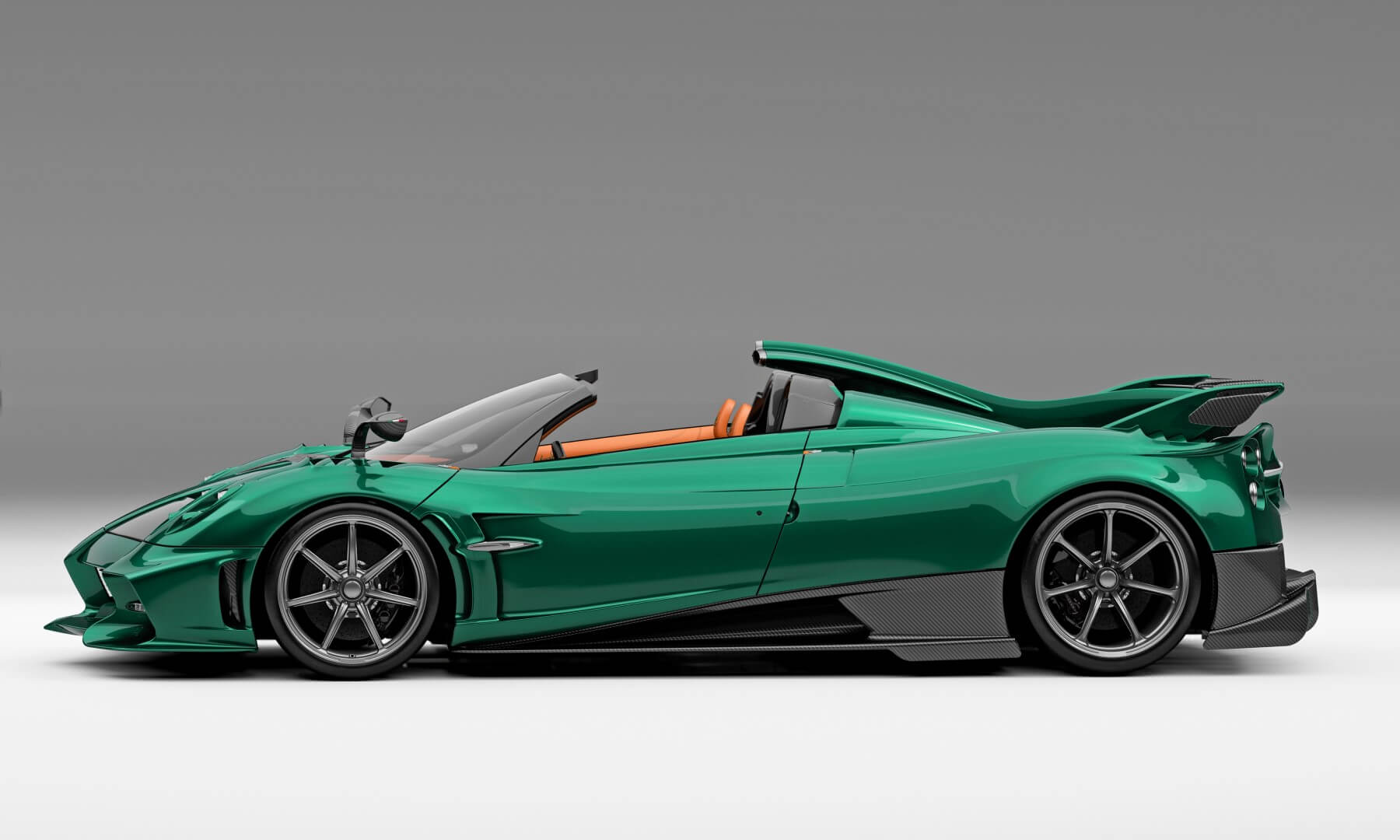
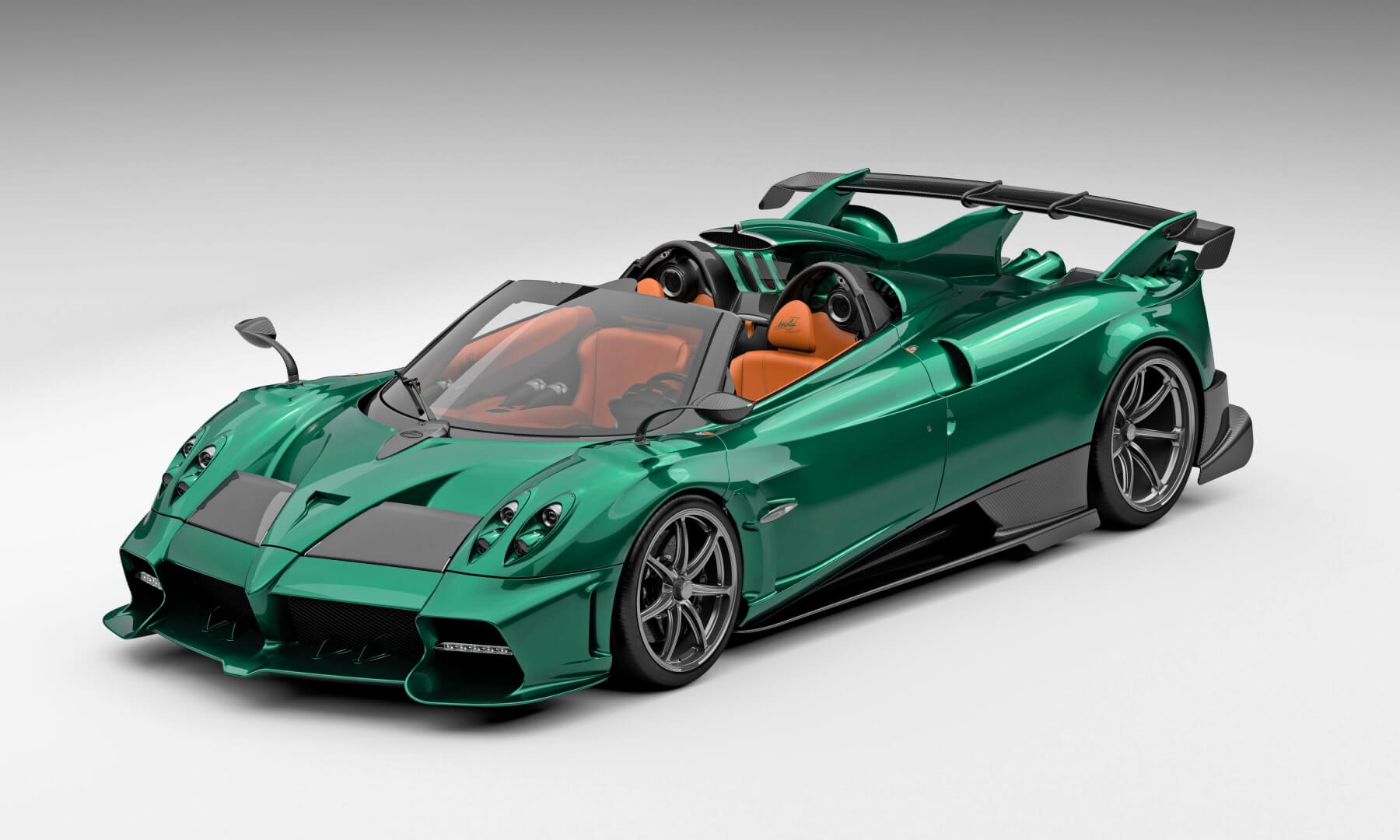
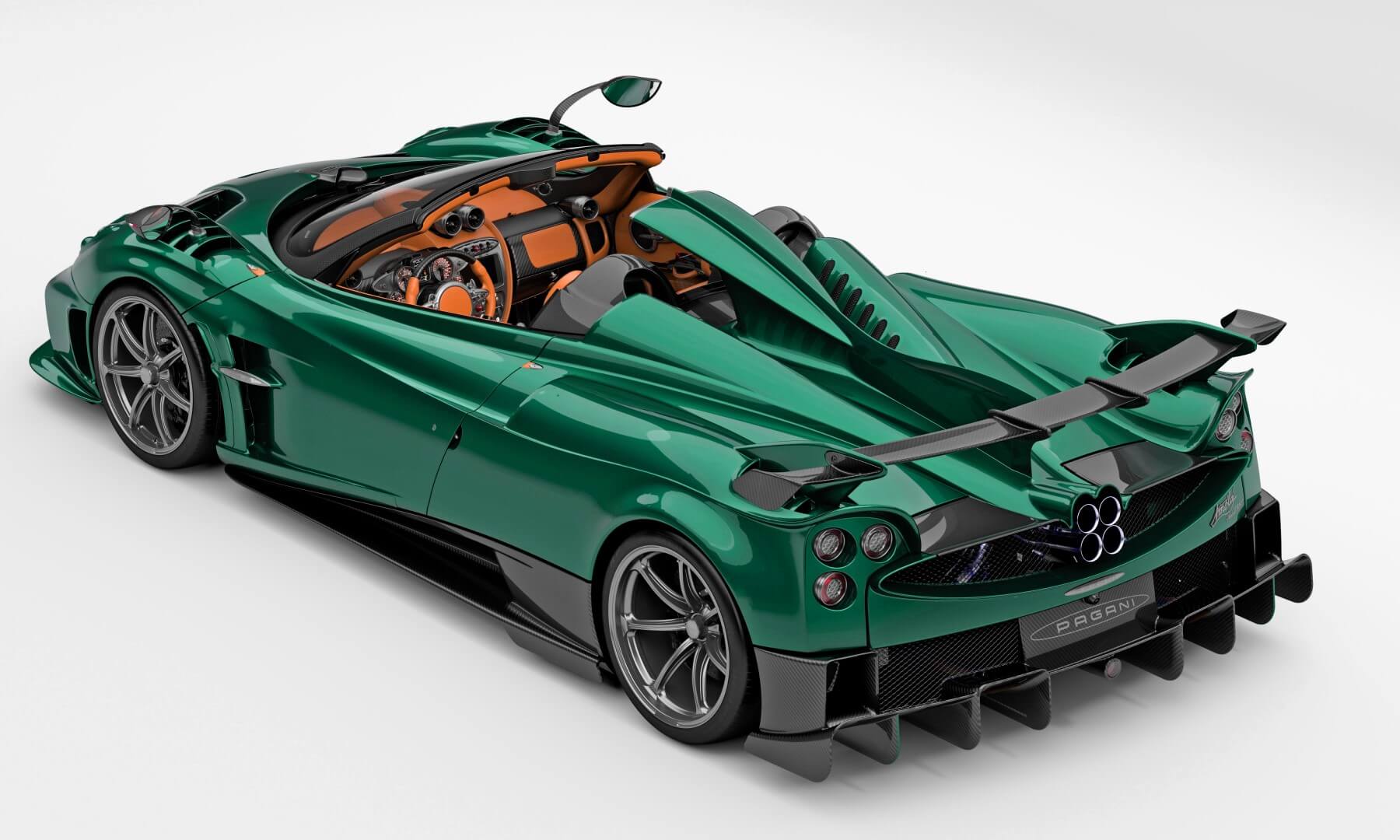
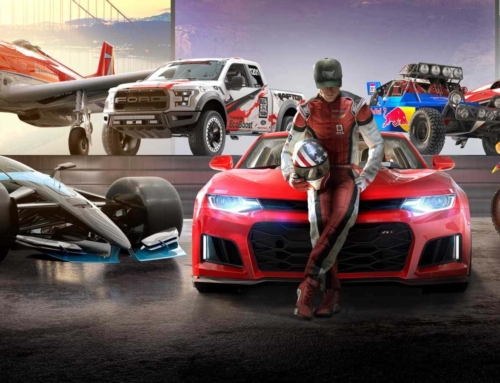
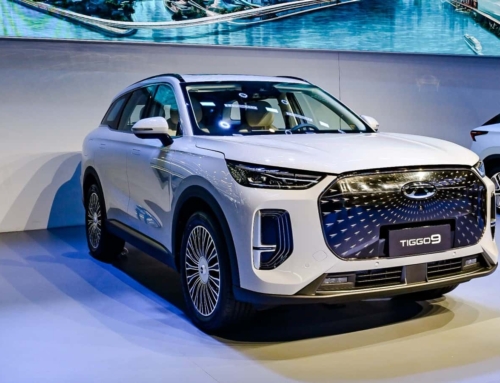
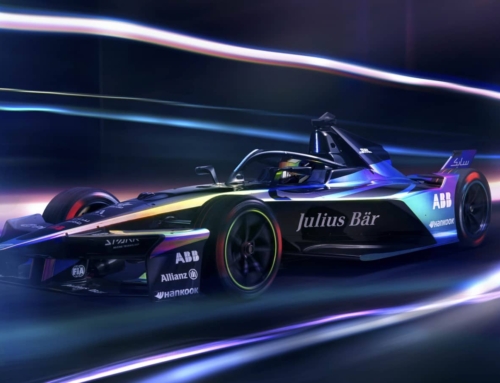

Leave A Comment